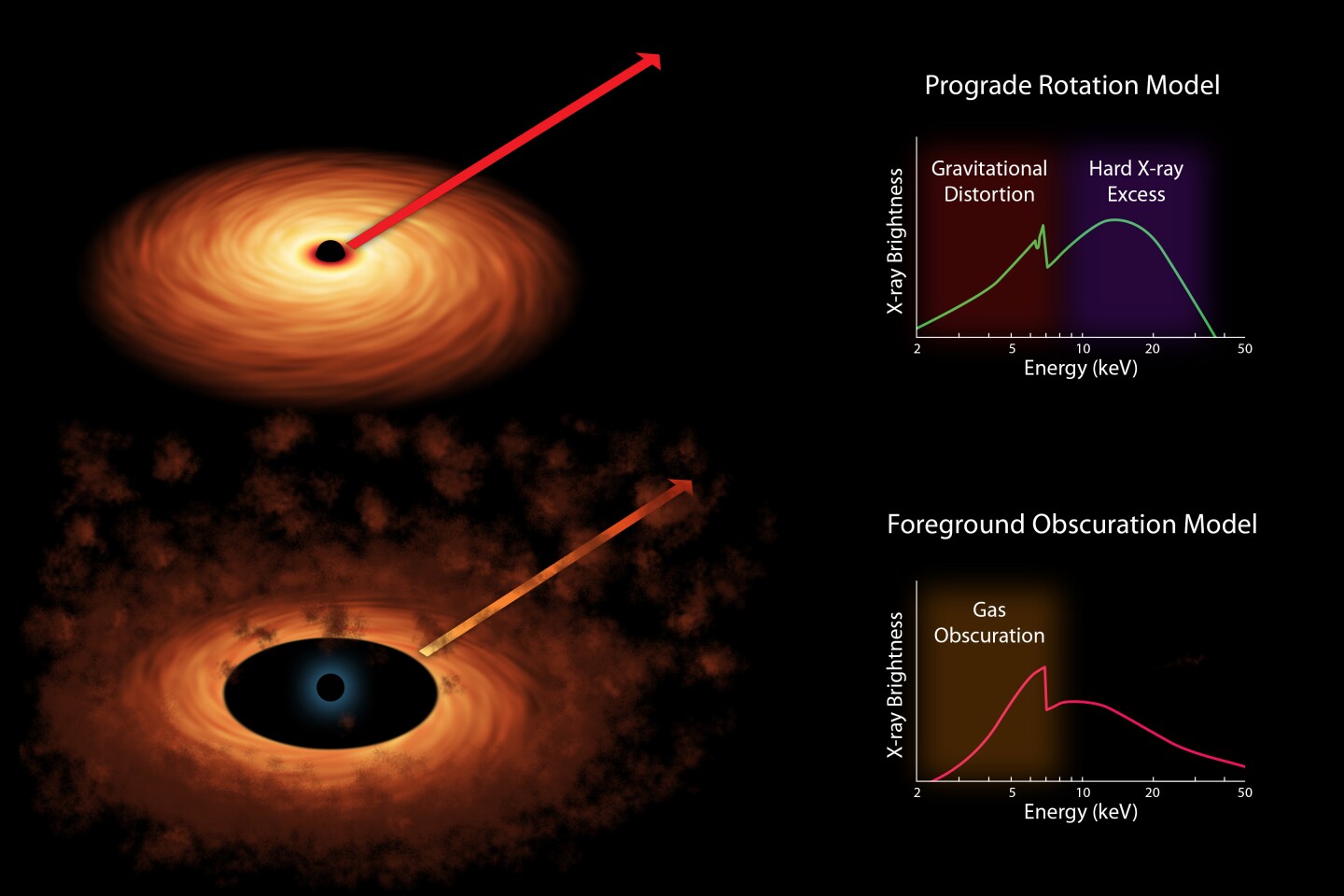
CYGNUS X1 ACCRETION DISK XRAY TELESCOPE SERIES
Transient X-ray sources: wide-field monitoring of the sky is necessary (most transients are discovered only by the first detection of their outburst) outbursts are usually unpredictable – only their mean recurrence time (cycle-length) can be determined from a long (years to decades) series of observations (Quasi)persistent X-ray sources: objects often in the high state (luminous in X-rays) transitions between the high/low states (and fluctuations in the high state) are usually fast (~days) and unpredictable Superorbital X-ray variations: modulation - timescale of weeks and months 5Ħ ASM/RXTE – previous monitor for medium/hard X-rays (spectral band in which it is detected differs from system to system) Colliding winds: inverse Compton process, brehmsstrahlung (X-rays) Jets: synchrotron (radio, IR?) Accretion modes: Roche lobe overflow Wind accretion Periastron passage Accretion disk Apastron Periastron Okazaki (2005) Donor, filling its lobe Compact object (NS, BH, WD) Donor, underfilling its lobe Compact object (NS, BH, WD) Donor, underfilling its lobe Lobe size of the compact object 4ĥ The importance of the long-term coverage 2ģ Structure of low-mass X-ray binaries (LMXBs)ĭonor – thermal radiation (optical, IR) Close vicinity of the compact object Comptonizing cloud (inverse Compton scattering – hard X-rays) (boundary layer) Outer disk region – thermal radiation (UV, optical, IR) Inner disk region – thermal radiation (soft X-rays (E up to several keV)) Jets: synchrotron (radio, IR?) Donor, lobe-filling star Mass stream Compact object (neutron star, black hole) Stream impact onto disk Accretion disk 3Ĥ Structures of high-mass X-ray binaries (HMXBs)ĭonor – thermal radiation (UV, optical, IR) – often dominant in the optical Close vicinity of the compact object: inverse Compton process, bremsstrahlung (X-rays) Disk (if exists) embedding the compact object – thermal rad. outbursts, high/low states) are often fast and unpredictable – monitors are needed. Transitions between the activity states (e.g. outbursts) in (a) a given system, (b) in a type of systems This is important for our understanding of the physical processes involved. outbursts) in the context of the long-term activity of the system form the representative ensemble of events (e.g. Monitoring enables to: identify the type of system place the events (e.g.

V Vojtech Simon v v 1 Astronomical Institute, Academy of Sciences, Ondrejov, Czech Republic Czech Technical University in Prague, Faculty of Electrical Engineering, Prague, Czech Republic 2 Talk: International Workshop on Astronomical X-Ray Optics, Prague, Czech Republic, 5 – Presentation on theme: "X-ray astronomy with lobster-eye telescope"- Presentation transcript:ġ X-ray astronomy with lobster-eye telescope


 0 kommentar(er)
0 kommentar(er)
